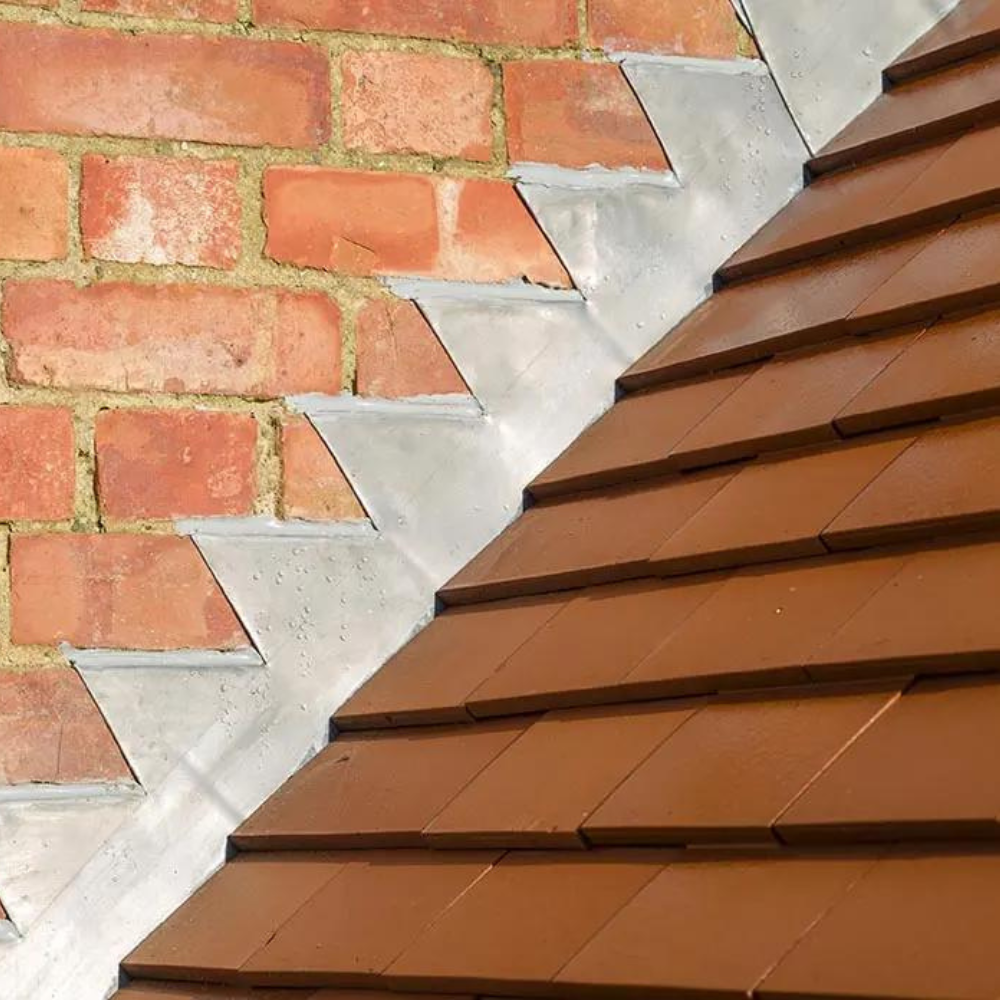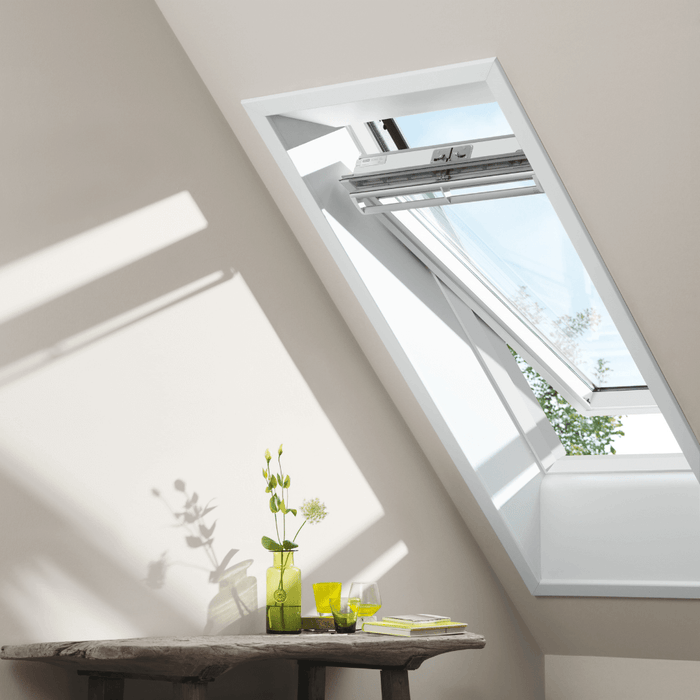A Roof Flashing seals joints between different sections of your roof. The roof flashing will be used around a Velux window, the chimney, along valleys, around the dormer window and around any vent pipes. Roof flashings may also be required to seal the gap between roofs of one property and the one next door.
Without this protective roof flashing to cover the gaps between the sections of your roof, rain, snow, wind, pollution (even wildlife) will freely enter your building. If it wasn’t there, the building would quickly fall into dis-repair.
Not only does flashing protect the building against falling rain, roof flashings need to contract and expand along with the rest of the building as the temperature changes throughout the day. Considering that it is normal for the different parts of a building to be made of different materials (brick for the chimney and slates on the roof), flashings also have to cope with these mixed materials contracting or expanding at different speeds. Flashing need to be malleable so that it can be tightly formed over different materials of differing profiles – without splitting or tearing during the process.
As if all this wasn’t enough, they need to last as long as the very building it protects. In most circumstances you will want it to last for 50-100 years.
Despite modern alternatives, lead flashings are the one material that has stood the test of time above all others. It’s impressive to think that lead flashing has been around for centuries. And certainly, in the UK it’s very likely to be around for many more.
More Information About Roof Flashing










